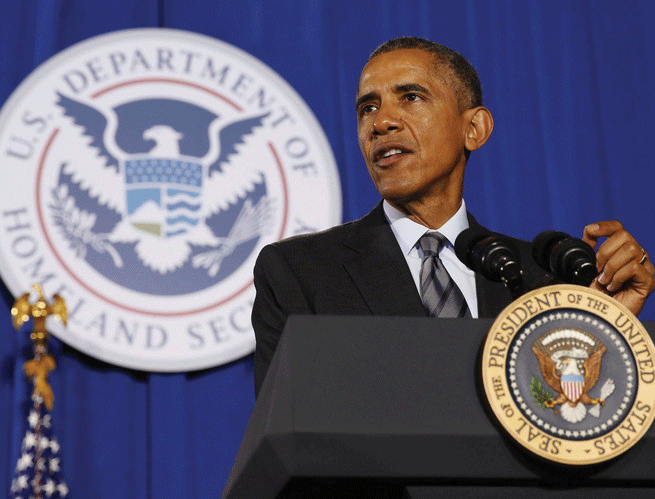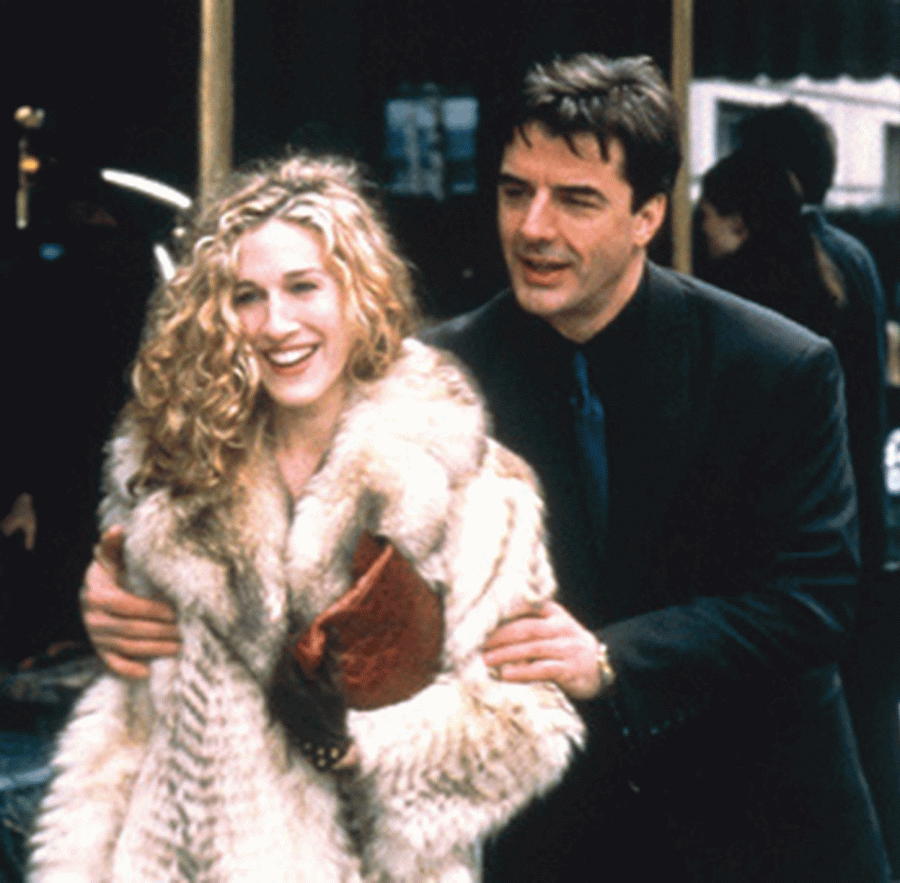
Inside and Outside Perspectives on Greece’s Elections
Jacob Wasserman, Maroon-News Staff & Nicholas Adamopoulos
• February 13, 2015
The Bravermans
Marissa Roberge, Arts & Features Editor
• February 13, 2015

Obama’s Proposal for the 2016 Budget: A Lack Of Serious Reform
Brian Challenger, Maroon-News Staff
• February 5, 2015
Queer Corner: Why Are You Into Me?
Kris Pfister, Maroon-News Staff
• February 5, 2015
Sodexo: Bad Eggs?
Emily Haines, Class of 2017
• February 5, 2015

The Hidden Environmental Impacts of the Fashion Industry
Breanna Giovanniello & Grace Dennis, Class of 2016 & 2015
• February 5, 2015
In Praise of the Mixtape
Amy Balmuth, Commentary Editor
• February 5, 2015
Queer Corner: LGBTQ In The Workplace
Kris Pfister, Maroon-News Staff
• January 29, 2015
Are Organic Products At Risk?
Breanna Giovanniello & Grace Dennis, Class of 2016 & 2015
• January 29, 2015
Alumni Column: Camelot and Expanded Horizons
Harry Horwitz, Class of 1976
• January 29, 2015
A Call To Action: Reactions to the Martin Luther King Jr. Day Presentation
Zoe Smith, Class of 2017
• January 29, 2015

Minus the City: Unfinished Business
Danielle Dillon, Maroon-News Staff
• January 29, 2015
Load More Stories

